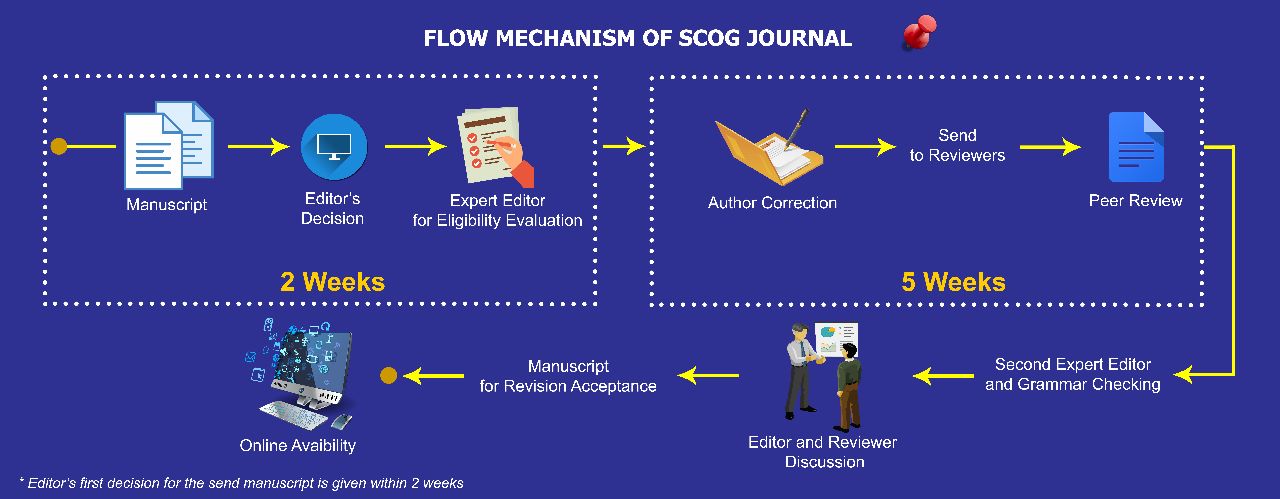LATE CRETACEOFS SEDIMENTARY ROCK IN BARITO BASIN, INDONESIA: LITHOLOGY, PALEONTOLOGY, AND PALEOENVIRONMENT
Abstract
The Barito Basin so far known as back-arc basin that formed by the rifting in Early Tertiary, which the oldest sedimentary rock in this basin is believed has a Middle Eocene to Early Oligocene age. However, this research will present new evidence regarding the existence of sedimentary rocks that are older than Cenozoic age in the Barito Basin. This research was carried out on Bongkang-2 well, as the main data, and other five wells which have an indication of the discovery of Pre-Tertiary sedimentary rocks, which are generally located in the northern part of the Barito Basin. Integration of mud log data, petrography, paleontology, and dip-meter data, resulting the identification of lithology, age and depositional environment, and then interpretation of the paleoenvironment of the Barito Basin in the Late Cretaceous is carried out. Based on the analysis of data, it is show that Pre-Tertiary sedimentary rocks found in the six wells analyzed has Cenomanian age, which is indicated by the presence of large foraminifera fossils in the form of Sulcoperculina sp. and Orbitolina sp. in Bongkang-2, Hayup-1 and Hayup-3 wells, as well as palynomorph fossils in the form of Cicatrico- sisporites dorogensis, A. tricornitatus, Aquilapollenites sp., Distaverrusporites margaritus and Classopolis cf. classoidesin Bagok-1 and Bagok-2 wells. In addition, based on lithological analysis, in the Bongkang-2, Hayup-1 and Hayup-2 wells lithology develops in the form of limestone, shale and sandstone, while in the Didi-1, Bagok-1 and Bagok-2 wells lithology develops in the form of shale with sandstone and pyroclastic volcaniclastics rock intercalation. Then, based on the integration of lithology and paleontology analysis, it is known that in the Cenomanian age, terrestrial environments developed in the western part of the Barito Basin, while in the eastern part the shallow marine environment developed.
Keywords
Full Text:
PDFReferences
Bolli, H., Saunders, J. & Perch-Nielssen, K., 1989. Plankton Stratigraphy. UK: Cambridge University.
Boudaugher-Fadel, M. K., 2008. Evolution and Geological Significance of Larger Benthic Foraminifera. 1st ed. London, UK: UCL-Press.
Cook, E., 1965. Stratigraphy of Tertiary Volcanic Rocks in Eastern Nevada., Nevada: Nevada Bureau of Mines Report.
Embry, A. F. & Klovan, J. E., 1971. A Late Devonian reef tract on northeastern Banks Island. Bulletin of Canadian Petroleum Geology, 19(4), p. 730781.
Hall, R. & Morley, C. K., 2004. Sundaland basins, s.l.: American Geophysical Union.
Jones, R. & Brady, H., 1994. Challenger Foraminifera. Oxford, USA: Oxford University Press.
Mount, J., 1985. Mixed Siliciclastic and Carbonate Sediments: A Proposed First-Order Textural Compositional Classification. Sedimentology, 32(3), pp. 435-442.
Muller, J., 1968. Palynology of the Pedawan and Plateau Sandstone Formation (Cretaceous Eocene) in Sarawak, Malaysia. Micropaleontology, 14(1), pp. 1-37.
Pertamina & Bandung Institute of Technology, 1986. Geochemical, Petrographic and Biostratigraphic Studies Well BGK-1, South Kalimantan Indonesia. Well Report (unpublished), Jakarta: Pertamina and Bandung Institute of Technology.
Pertamina, 1984. Paleontologi dan Stratigrafi Sumur Bongkang-2, Daerah Tanjung Kalimantan Selatan, Jakarta: Pertamina.
Pertamina, 1991. Laporan Mikropaleontologi Sumur Bagok-2 Tanjung Kalimantan Selatan. Laboratorium Paleontologi dan Stratigrafi, Jakarta: Pertamina.
Pettijohn, F., 1975. Sedimentary Rocks. 3rd ed. New York: Harpercollins Publishers.
Pexamin Pacific Inc, 1973. Detailed Report on the Micropaleontology and Stratigraphy of Well Didi-1, Central Kalimantan, Indonesia., s.l.: The Analytical Laboratories.
Satyana, A. H., 2017. Future petroleum play types of Indonesia: Regional overview. Jakarta, Indonesian Petroleum Association.
Shell Indonesia, 1965. Micropaleontological Investigation of Samples from the Well Hayup-1, Jakarta: Shell Indonesia.
Shell Indonesia, 1965. Micropaleontological Investigation of Samples from the Well Hayup-2. Well Report (un- published), Jakarta: Shell Indonesia.
Sikumbang, N., 1986. Geology and tectonics of Pre-Tertiary rocks in the Meratus Mountains, South East Kalimantan, Indonesia, London: Royal Holloway, University of London.
Smith , W. H. F. & Sandwell, D. T .,1997. www.ngdc.noaa.gov. [Online] Available at: https:// www.ngdc.noaa.gov/mgg/fliers/97mgg03.html [Accessed 17 July 2020].
Tipsword, H. L., Setzer, F. M. & Smith, Jr., . F. L., 1966. Interpretation of Depositional Environment inGulf Coast Petroleum Exploration from Paleoecology and Related Stratigraphy.. Gulf Coast Association and Societies Transactions, 16(1), pp. 119-130.
DOI: https://doi.org/10.29017/SCOG.42.3.400

This work is licensed under a Creative Commons Attribution-NonCommercial-NoDerivatives 4.0 International License.







